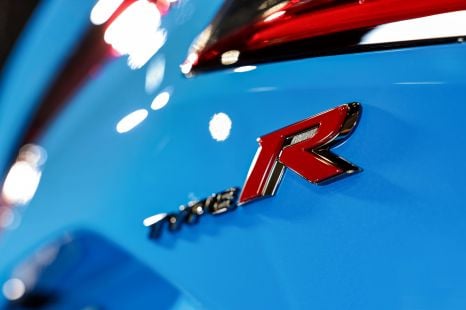

Damion Smy
Honda Prelude Type R ruled out... for now
38 Minutes Ago
We drive Nissan's all-new, all-electric Ariya SUV in Europe, ahead of an as-yet unconfirmed Australian market launch.
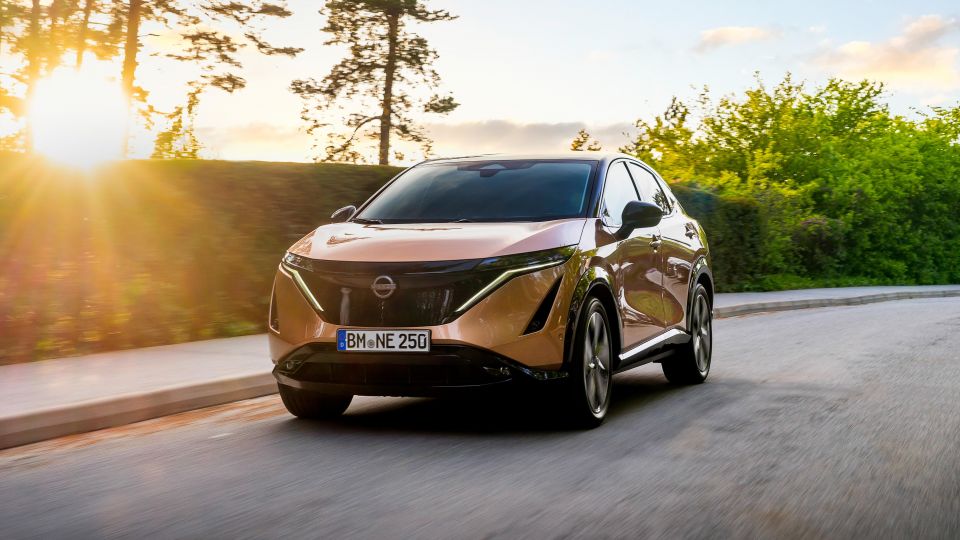
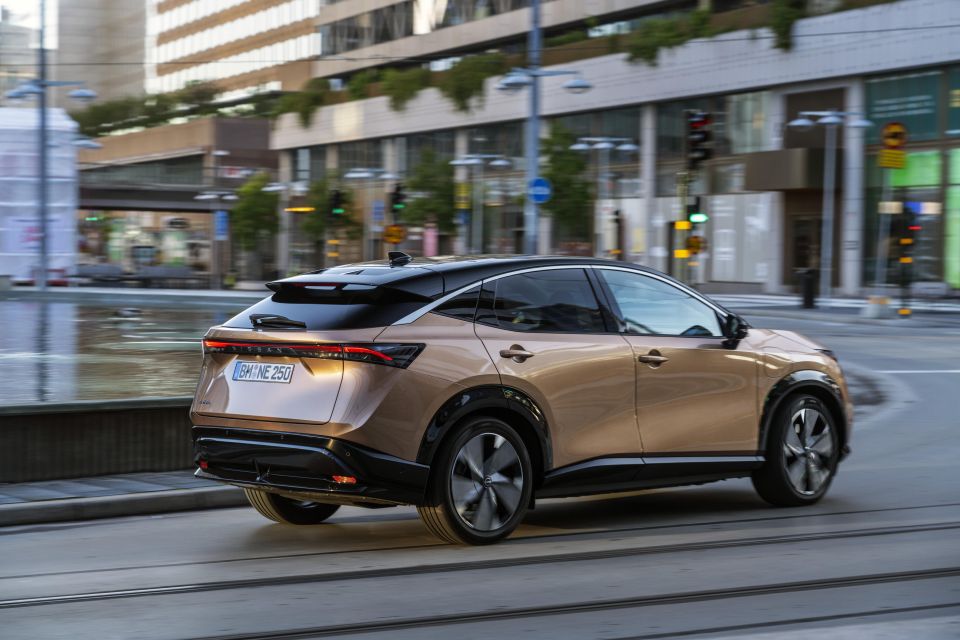

Contributor

Contributor


Contributor

Contributor
Where expert car reviews meet expert car buying – CarExpert gives you trusted advice, personalised service and real savings on your next new car.
Nissan once led the electric vehicle charge with its Leaf hatchback, but it has taken more than 10 years for the brand’s next electric car to come to market.
It’s called the Ariya, and it’s a family SUV with a little bit of coupe-like styling – but Nissan says it’s more than just an electric alternative to the Qashqai.
Promising space, style and plenty of range, the Ariya is here to do battle with the Volkswagen ID.4 and Audi Q4 e-tron, as well as the Toyota bZ4X and the forthcoming Subaru Solterra.
First impressions are good, but can the Ariya really compete with those critically-acclaimed models?

The Ariya still isn’t 100 per cent confirmed for the Australian market, and is likely at least a year or so away from making it to our showrooms at the earliest.
As such, there’s no local pricing or specifications. We have to look overseas as a guide.
In the UK, the Ariya starts at £43,845 ($76,988) for the base single-motor 63kWh model, climbing to £47,840 ($84,003) for the higher trim level with the same drivetrain but with more kit. The flagship e-4orce 87kWh dual-motor version in its highest trim is priced from a lofty £56,290 ($98,840).
Keep in mind UK prices are not necessarily the most accurate guide using direct conversions, given a top-spec turbo petrol Nissan Qashqai (with mild-hybrid tech) lists for £38,815 ($68,156), whereas the equivalent model in Australia (without MHEV tech) starts at under $50,000.
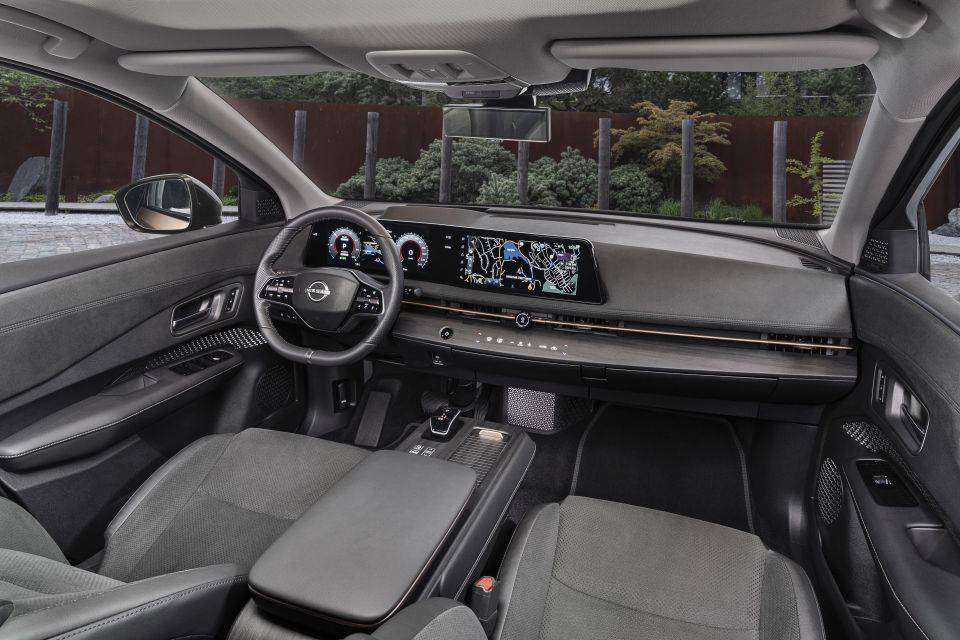
Buy your new car without the stress. It's fast, simple and completely free.

Great service from Travis and team, second time I have used this business would not hesitate to recommend them to anyone
Craig C.
Purchased a Ford Ranger in Sunshine Coast, QLD
CarExpert helped Craig save thousands on his Ford Ranger, now let us save you on your next new car.
Find a dealThe Ariya’s cabin is quite a departure for Nissan.
Clean, minimalist and almost devoid of conventional switchgear, it’s more radical than anything else in the range, including the Leaf.
The dashboard is clear and clean, with two screens – one for the driver’s instruments and another in the centre for the infotainment system – and a handful of buttons hidden in the fake wood trim that runs across the dash.
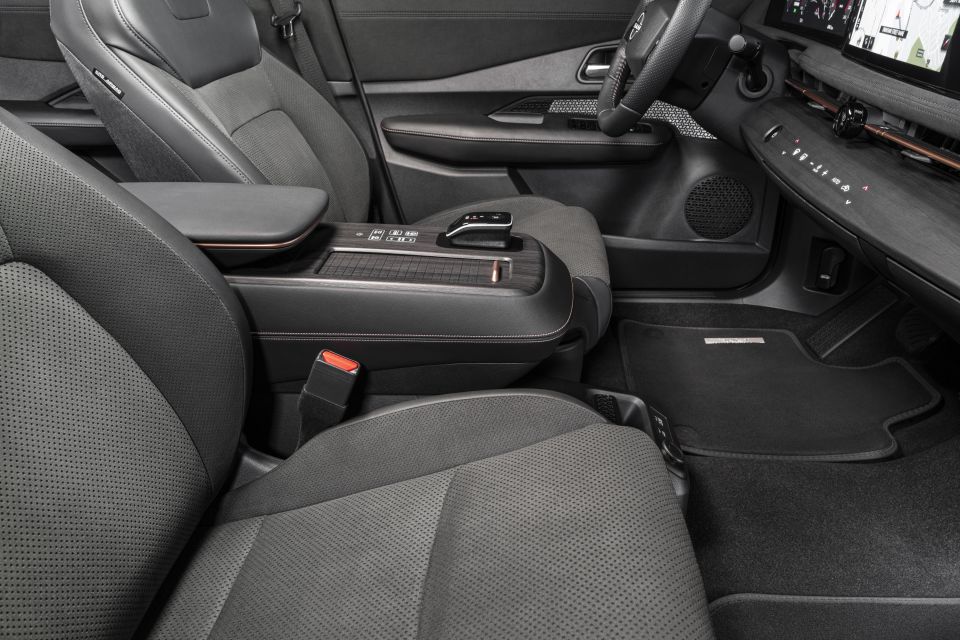

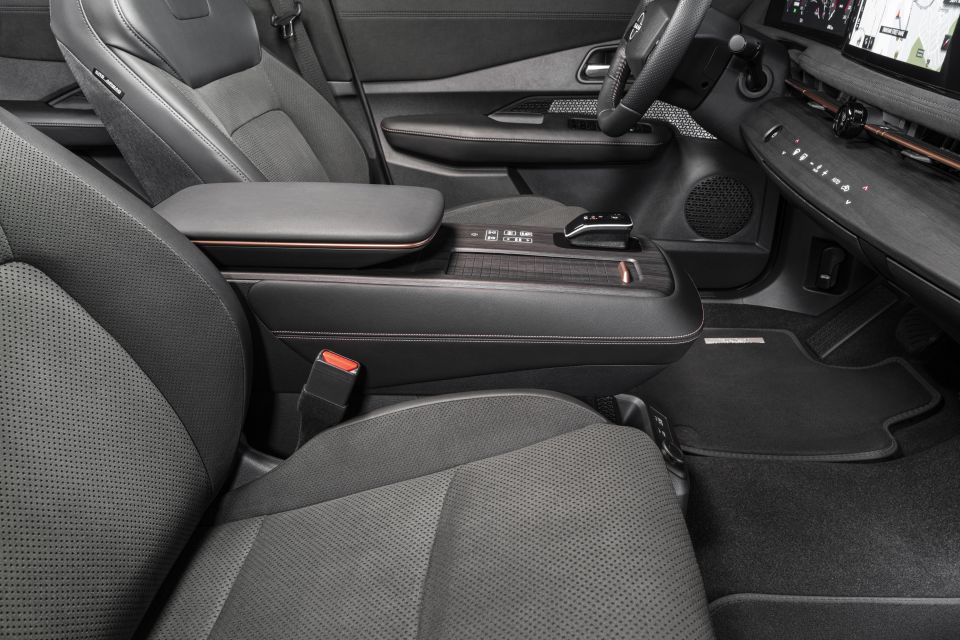
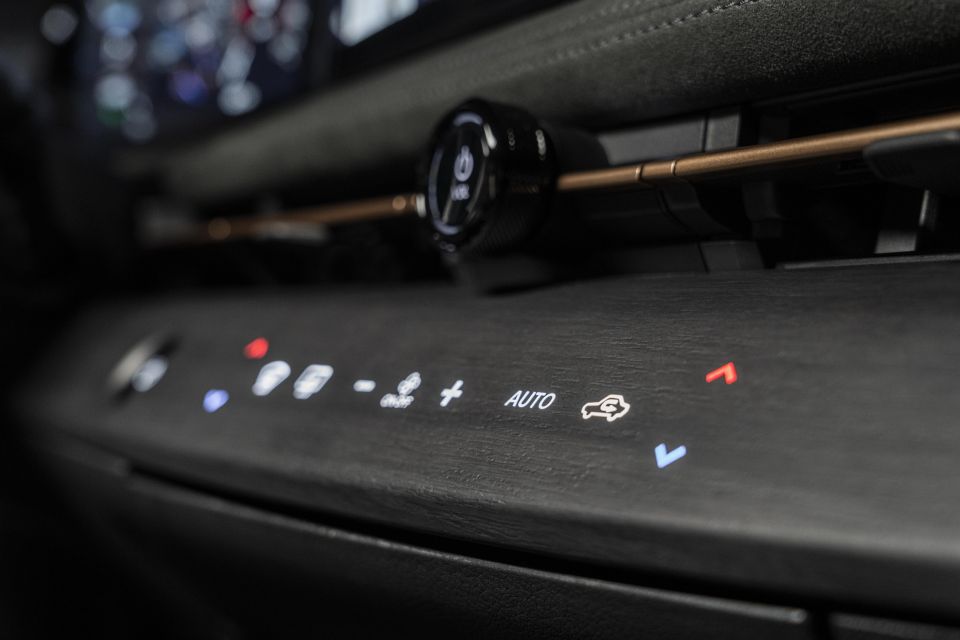
There’s also a sliding centre console that moves fore and aft to provide more space in the front or rear, depending on what’s required. Similarly, there’s an electrically-operated tray in the dashboard that slides out at the touch of a button, creating a kind of storage bin with a lid.
Generally speaking the quality is fairly good, but there are one or two hard plastics kicking about, which dull the appeal slightly. It isn’t like all these plastics are in areas you rarely touch – some are found at regular touch points, including the area around the door catches.
The tech is a similarly mixed bag, with modern screens that look quite upmarket, but the driver’s display is cluttered and the touchscreen is occasionally slow to respond, which spoils the experience slightly. Nevertheless, it’s an improvement on any Nissan product that’s come before it.
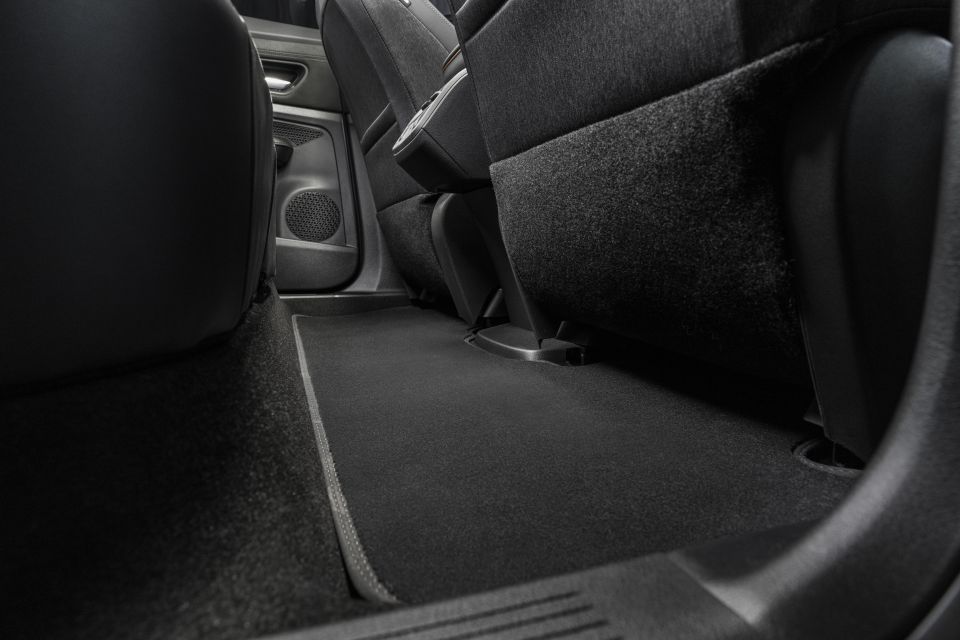
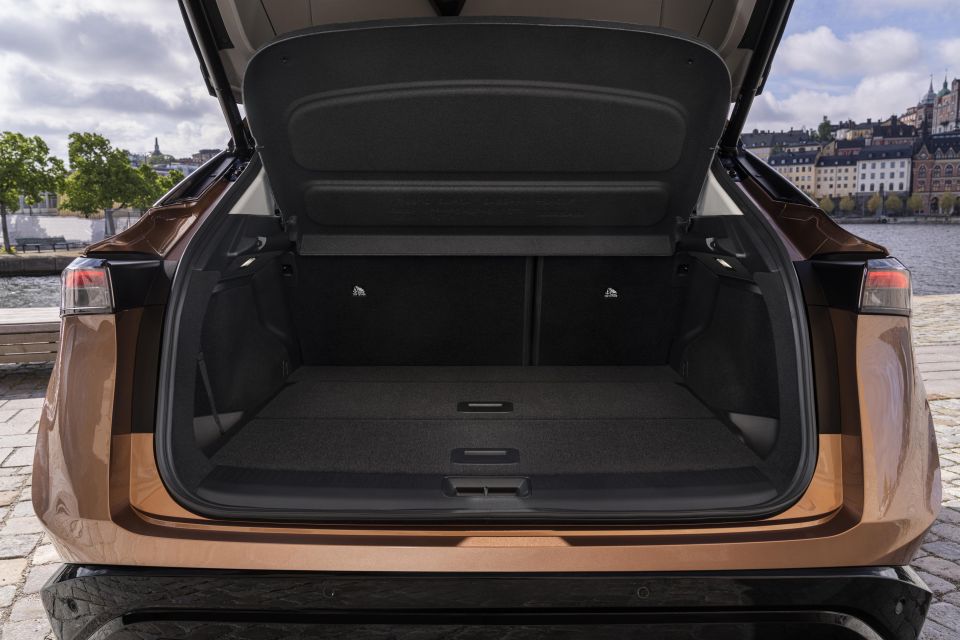
We also have to commend the Ariya for its practicality, with an airy feel in the front that’s only increased by sliding the centre console back, and ample space in the rear.
Despite the curving roofline, headroom is more than sufficient, and legroom is good, as long as the centre console is moved forward.
There’s a 466-litre boot in front-wheel-drive models, too, and that should be more than enough for most people’s needs.
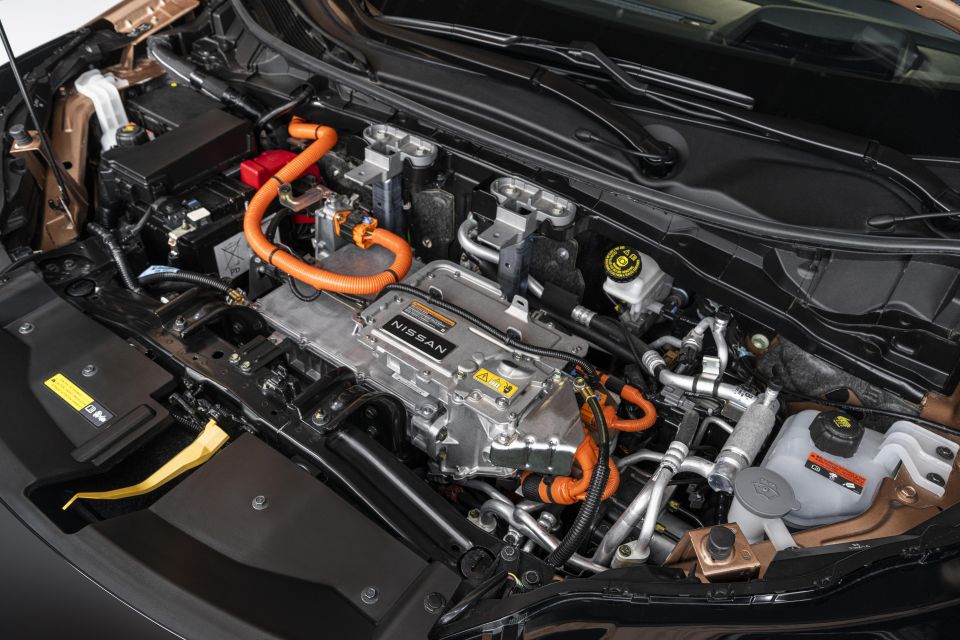
Nissan is offering the Ariya with a choice of two battery sizes and three motor systems overseas.
The cheapest option is a 63kWh battery with a 160kW electric motor driving the front wheels, but customers will be able to specify a larger 87kWh battery if they wish. The larger battery will come with a choice of single- and twin-motor options, with the former getting 178kW while the latter offers 225kW and all-wheel drive, naturally.
Unsurprisingly, the best range comes from the 87kWh front-wheel-drive 178kW variant, which offers 530km per charge. The e-4orce twin-motor version is only slightly less efficient, with 500km of claimed range, while the 63kWh battery permits a range of up to around 400km on a full charge.
The e-4orce twin-motor option is by far the most powerful and offers the best performance, sprinting from 0-100km/h in 5.7 seconds and topping out at 200km/h. However, even the 160kW motor offers ample acceleration, getting from a standstill to 100km/h in 7.5 seconds.
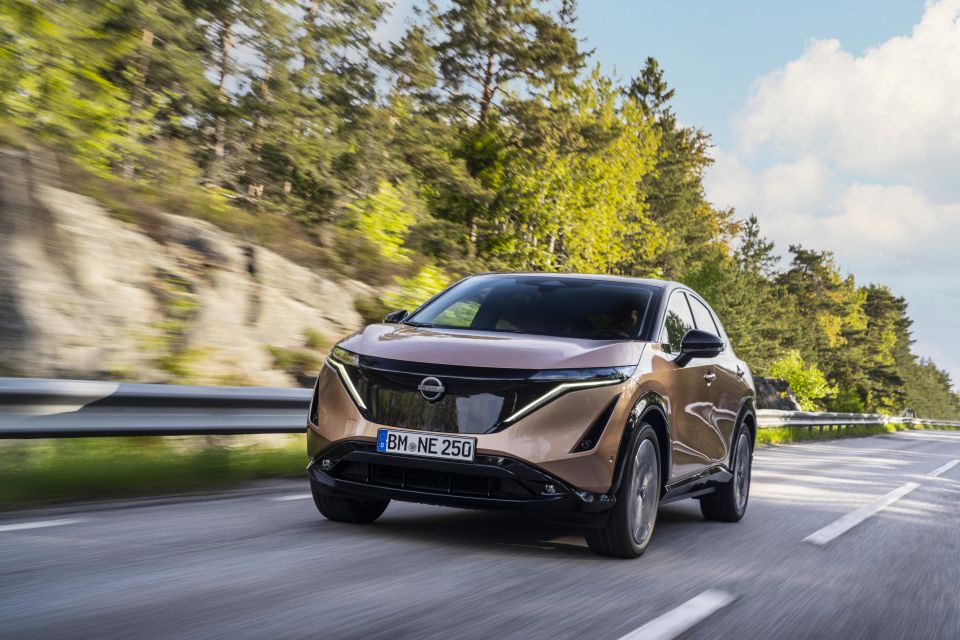
The Ariya is hardly exciting, but that doesn’t stop it being great in its own way.
The ride is largely excellent, shielding occupants from all but the worst road surfaces, although the odd pothole will catch the car off-guard, revealing the enormous weight of that battery pack as the car sags into the bump.
For the most part, though, there’s little to interrupt the relaxed feel of the Ariya’s cabin. As you’d expect from an electric SUV, it’s very refined, with little sound from the motor and only a hint of tyre roar and wind noise.
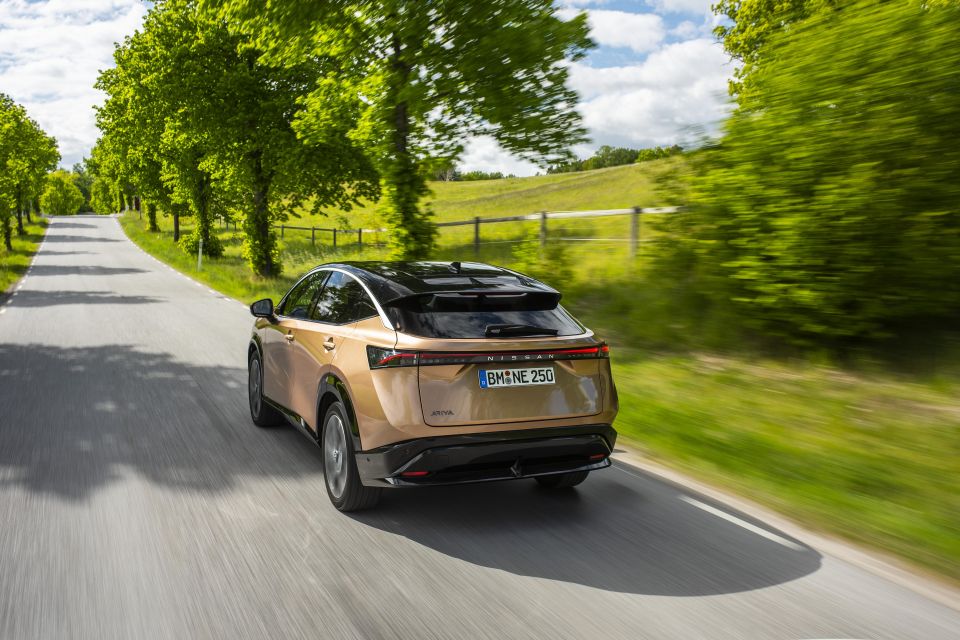
Of course, that means it doesn’t handle with the verve of some sportier SUVs, but that’s only to be expected from something this comfortable.
There isn’t much steering feel, and the front-wheel-drive cars don’t feel quite as fast as the acceleration figures suggest, but the body control is good, and the Ariya won’t roll around too much in corners.
It may not be spectacular, but it’s stable.
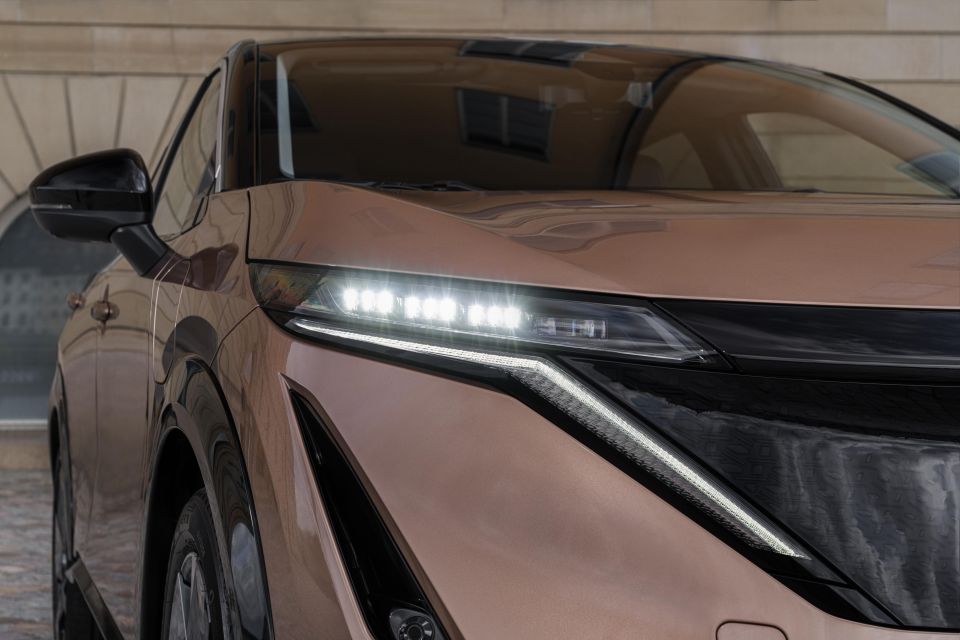

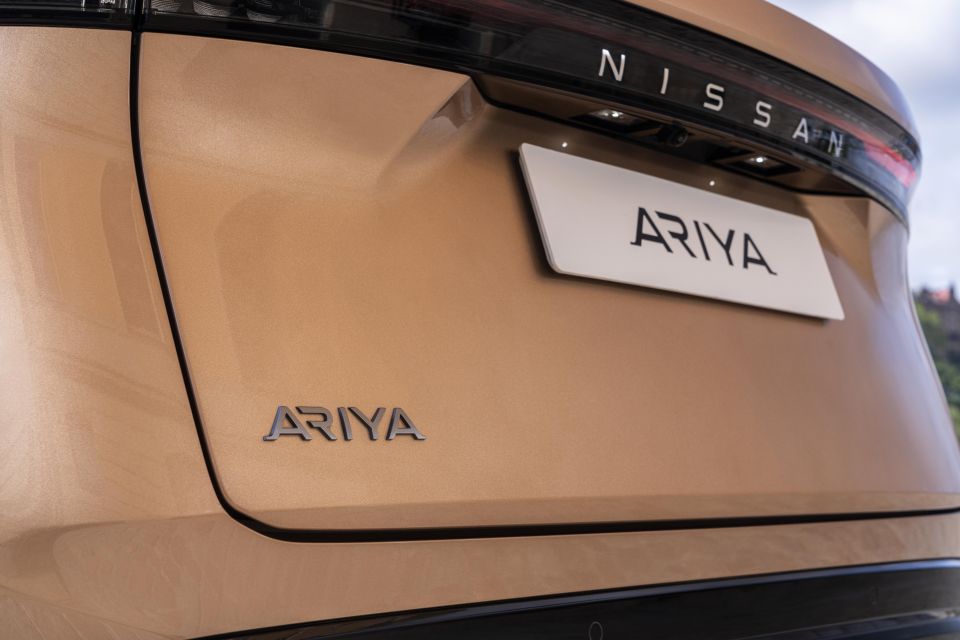

Equipment highlights (Ariya Advance) in the UK include:
There’s also a suite of Nissan’s Intelligent Mobility active safety and assistance systems standard across the range, which are detailed further in the safety section of this review.
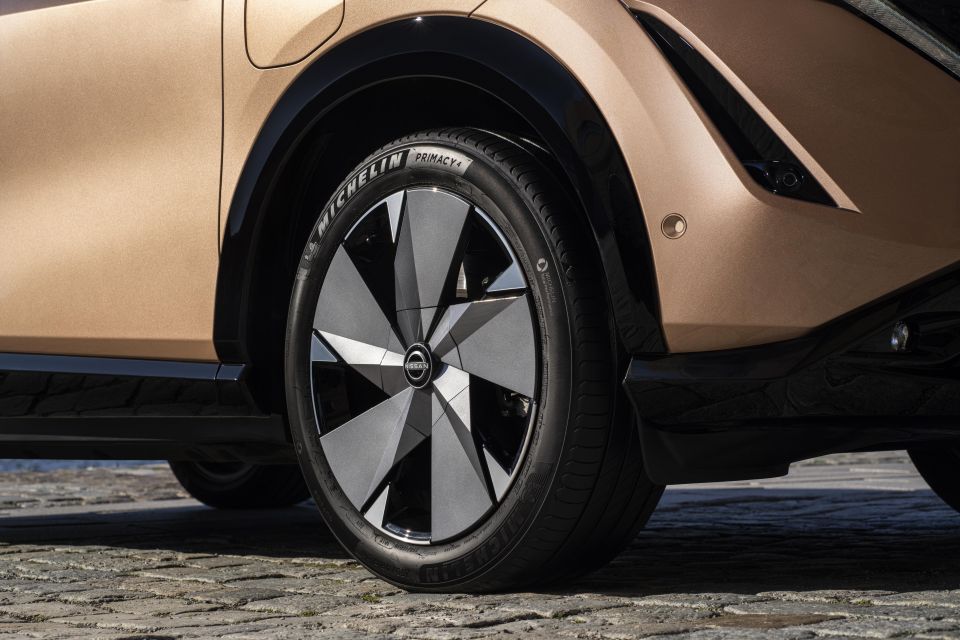

Moving up to the higher-spec Evolve grade in the UK (available for all powertrains), brings goodies like:

Euro NCAP is yet to crash test the new Ariya, and as such there’s no ANCAP rating either.
We expect the electric Nissan to be put through its paces soon, given it’s soon to hit European driveways.
Standard safety features include:

Nissan Australia covers its range with a five-year, unlimited-kilometre warranty. The Ariya would almost certainly be covered by this program should it make the trip here.
Service information and pricing is likewise unavailable to our market.
Nissan doesn’t offer a complimentary subscription to public charging services with the existing Leaf, but it’s unclear whether the Ariya’s flagship status would warrant a different strategy.
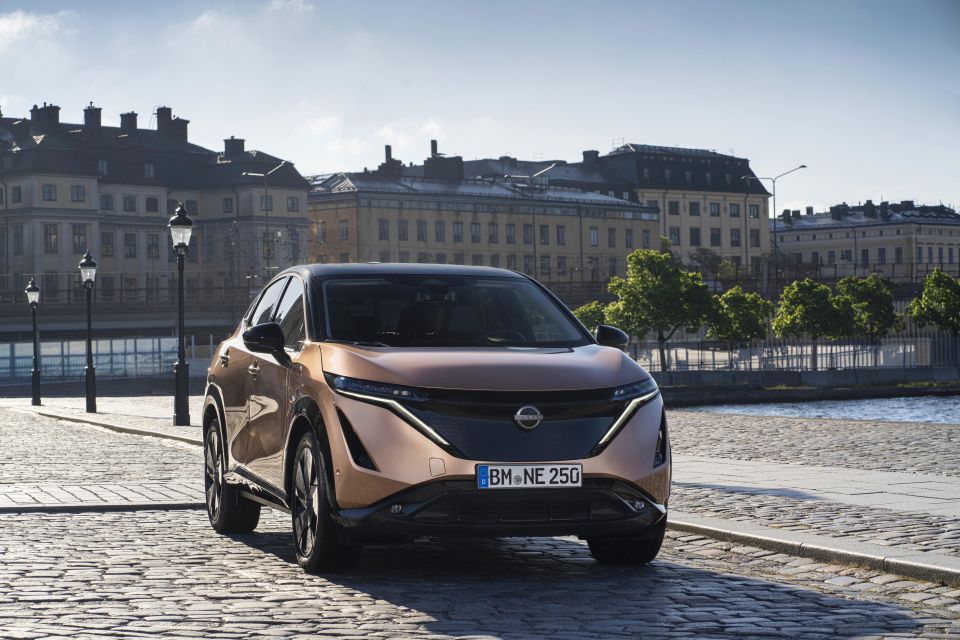
The Ariya is unquestionably one of the front-runners in the electric SUV class.
Good range, a comfortable ride and a modern interior ensure it can compete with the best this competitive market has to offer.
Of course, it has its faults, and we all know electric power won’t be for everyone, but the Ariya offers style, space and comfort to those whose lifestyle suits a battery-electric family car.
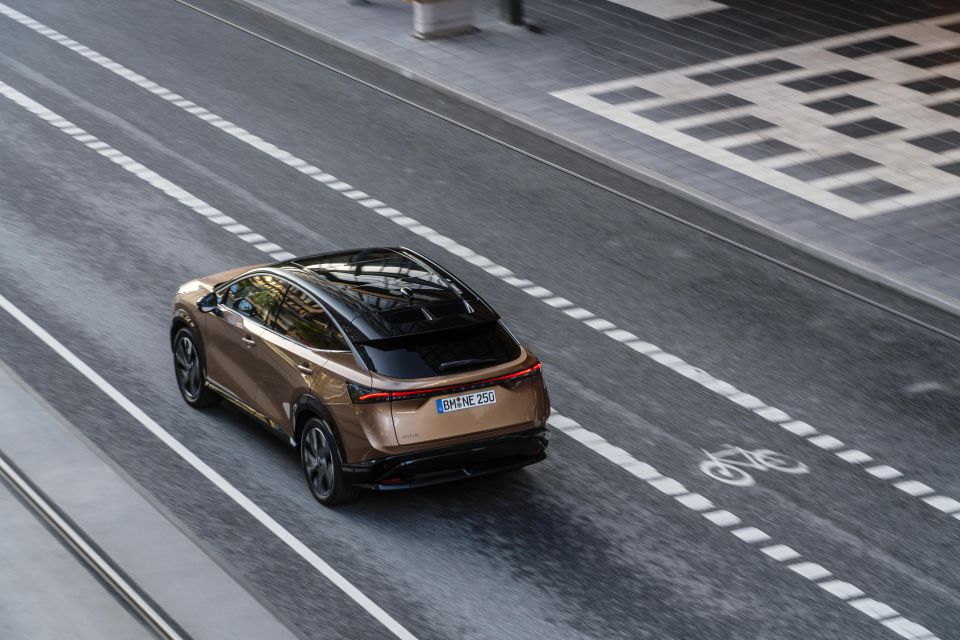
Where expert car reviews meet expert car buying – CarExpert gives you trusted advice, personalised service and real savings on your next new car.
Click the images for the full gallery
Where expert car reviews meet expert car buying – CarExpert gives you trusted advice, personalised service and real savings on your next new car.


Damion Smy
38 Minutes Ago


Damion Smy
3 Hours Ago


Damion Smy
4 Hours Ago


Matt Robinson
7 Hours Ago


Damion Smy
7 Hours Ago


Damion Smy
21 Hours Ago